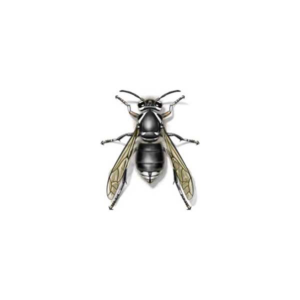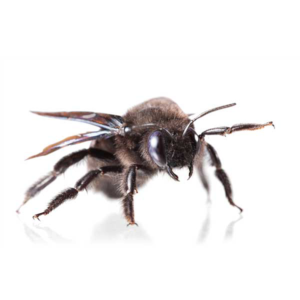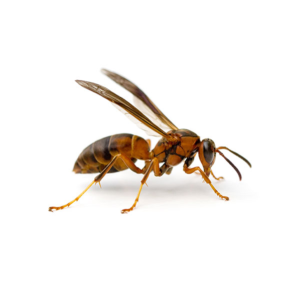Bumblebees in North Jersey
Bumblebees are one of the largest species of bee, measuring up to one inch in size. Their bodies are covered in soft fuzz known as “setae”, and their short stubby wings make it easier for them to collect more pollen from certain types of crops and ornamental plants. According to the National Wildlife Federation, bumblebee wings beat over 130 times per second, creating a vibration that helps flowers to release more pollen. This is called “buzz pollination”, which can help fertilize plants and help them produce more fruit.
Bumblebee Habitat
Though bumblebees are large insects, they live in small colonies that typically only contain between a dozen and a few hundred workers. They often build their nests in the ground, using abandoned rodent burrows and hollow areas. Bumblebee queens are considered “opportunists” because they will build a nest in nearly any protected area, from old bird nests and tree hollows to underground tunnels and empty sheds. They are also frequently attracted to fiberglass-insulated structural voids, which often leads them to wall voids, patio roofing, or decks.
Bumblebee Behaviors, Threats, or Dangers
Bumblebees are not aggressive and only sting when they feel threatened or when defending their nests. Only female bumblebees can sting, but unlike other types of bees, they can sting more than once without dying. That said, bumblebees do not form swarms the way other species do. While bumblebee stings are generally less painful than honey bee or wasp stings, they can be dangerous if located on the head or the neck, or if the victim is allergic.
Since bumblebees will sting if they sense their nest is in danger, it’s best to choose a professional bee removal service instead of trying to remove the nest yourself. At Eastern Pest Services, we make the process as quick and easy as possible. We also strive to protect our important pollinators while preventing them from invading your space again in the future. For quality bumblebee removal services, give us a call today.





